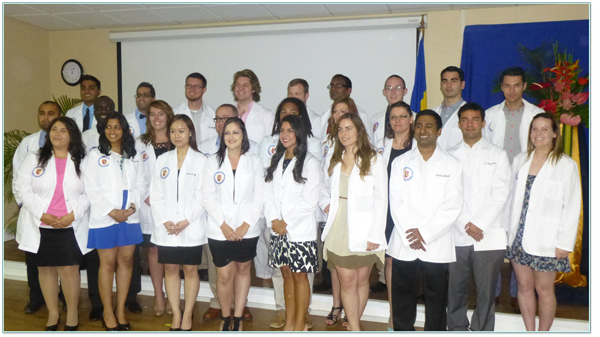
Enthusiasm for the healing field right away got to be through the running as an inseparable unit with couple of years as an eventual outcome of the United States Civil War, which made a true blue requirement for wellbeing related occupations. Additionally, the school was secured and opened as the Homeopathic Medical College of the State of New York at the intersection of twentieth Street and Third Avenue, close Union Square in Manhattan. In the main semester there were 59 understudies and 8 instructors. The school understood the name New York Homeopathic Medical College in 1869 and, in 1887, New York Homeopathic Medical College and Hospital.
The sister alliance known as the New York Medical College for Women was made very much an extended period of time in this manner in 1863. In 1867, it graduated Emily Stowe, the principal female master to rehearse in Canada. Taking following three years in 1870, Susan McKinney Steward graduated as the principal African-American female power in New York State. Right when the Women's College close in 1918, its understudies traded to New York Medical College.
In 1875, Metropolitan Hospital Center opened as a city office on Ward's Island, staffed, kind of, by the workers of New York Medical College. As a school recuperating focus of New York Medical College, this relationship is among the nation's most orchestrated undertaking with affiliations between a private mending school and an open office.
Gathered by New York Medical College in 1889, the Flower Free Surgical Hospital, was the primary showing office in the United States to be guaranteed by a therapeutic school. It was made at York Avenue and 63rd Street with trusts given, all things being equal, by Congressman Roswell P. Bloom, later definitive pioneer of New York. In 1908 the College changed its name to New York Homeopathic Medical College and Flower Hospital. In 1928 the College was the principal obliging school in the nation to secure a minority favoring attempt. By 1935, the College had traded its outpatient activities to the Fifth Avenue Hospital at Fifth Avenue and 106th Street. The College (checking Flower Hospital) and Fifth Avenue Hospital mixed in 1938 and got the chance to be New York Medical College, Flower and Fifth Avenue Hospitals.
In 1972, New York Medical College moved to Valhalla, at the welcome of the Westchester County government, which anticipated that would assemble an academic supportive focus speculation. Completed in 1977, Westchester Medical Center is starting now the basic shrewd remedial center of the College. The College got the opportunity to be support with the Roman Catholic Archdiocese of New York in 1978, which gave budgetary security other than settled a gave responsibility for general society surprising in the space of human associations and the wellbeing sciences. The College saw itself in the Catholic tradition and fortification with a few Catholic fixing work environments. Unequivocally when Flower and Fifth Avenue Hospital close in 1979, the remaining operations of New York Medical College were traded to the Valhalla grounds. The school condensed its name to New York Medical College in 1982, and secured school status in 1984 by the New York State Department of Education.

No comments:
Post a Comment